Proto-Renaissance Italian Dress, late XVth century
TC-20
Total
€799
Shipping costs will be added to the order price after adding it to the cart and specifying of your location. Delivery price depends on the region and ordered item.
Proto-Renaissance Italian Dress, late XVth century
Custom made
This item is a custom-made, which means that our crafters use individual body measurements of a client for manufacture. Such type of manufacturing provides with a perfect fit of an item.
description
This costume version consists of:
- Kamiza
- Dress
- Hairnet
In the 1460s, Italian women's fashion moved from high-necked gowns to V-shaped necklines. High waistline and separately laced changeable sleeves make this costume fit well on any figure. A 'pregnant' silhouette was quite a fashionable thing as it meant family prosperity and the fact that the dress owner's husband is not at war or ill but is expecting an heir. A wealthy Italian Renaissance woman typically wore at least three, often four complete layers of clothing in public.
The chemise – often silk one and richly decorated – showed at the lady's neck. But it has no lace. Strangely, but it’s a fact – they didn't know about the lace yet!
Evolving from “houppelande”, the bodice was cut separately from the skirt above the natural waist and became tight fitting. While the top and bust area was always fitting, the bottom half of the body was made to look as full as possible with gathered and over-the-top skirts. Skirts could be gathered, pleated, or neither. They were often split in front to show the skirt of a sleeveless underdress, which could also be seen under a V-neck. Dress often was laced on both sides to fit different sizes.
Dresses – usually patterned – were made of silk, velvet, silk brocade, taffeta, and other rich and gorgeous fabrics.
Wide and puffed sleeves were popular. Sleeves were the richest part of a costume, actually, so there were several pairs of them for each dress to renew its look. Sleeves could be slashed to show the chemise sleeve and were often laced or tied to the bodice rather than sewn on. This allowed different sets of sleeves to be worn with one gown. A sleeveless tabard was occasionally worn over the gown.
Dresses were often decorated with pearls which might also be read as potent symbols of sexual purity. Across Western Europe, young women wore pearls to broadcast their virginity – the most desirable trait considered in marriage negotiations.
The beauty of Proto-Renaissance is the subtle eroticism of a costume. Well, “by the standards of the XVth century” eroticism: while France was still draping in strict Gothic cathedral-like clothes, in liberated Italy ladies were already flaunting with slits on their sleeves so that anyone could see (unthinkable!) – camise. Can you imagine? Camise in slits! O tempora, o mores! And here we have decided to indulge you with some XVth century Italian erotica – sleeves made of 2 parts, carelessly tied up with ribbons both on the arms and to the dress.
A lush camise made of the finest linen also beckons from dress neckline, not so much hiding it as emphasizing it. At the collar and cuffs, lady’s camise is gathered in small pleats. It is decorated with machine embroidery flowers, but we can do everything by hand or leave it unembroidered as you wish so. Although the embroidery is undoubtedly cooler.
The dress is narrow in the bodice with a deep V-shaped neckline and exaggerated waist, while the puffed skirt falls to the floor in beautiful soft pleats. The dress is laced up the sides to fit the figure. This is a light version with only one dress, but for ladies with a true Italian passion at heart, we are ready to sew as it should be – 2 dresses. We chose a peach patterned jacquard with a large floral pattern for a dress, decorated on the edges with fine gold thread and gold ribbons for garter sleeves and lacing. Naturally, your dress – your type and colors of fabric and decorations, but we are always here to advise.
The chosen headpiece is the then-popular hair net woven with gold braid and pearls.
The costume is erotic and sophisticated like all Venice at the end of the XVth century. Full of passion and luxury. Write to us and Steel Mastery will sew yours and only yours Italian dress.
If you don’t like the received product for any reason, you may send it back to us within 14 days. If the received item has defects or does not fit your parameters, we will make a new item and send it to you at our costs. If postal service lost your parcel, we make a search of it. If parcel could not be found, we make new item at our expenses.
We ship orders via National Postal Service, who carries order to your local post office. Upon shipping, we provide you with tracking number of parcel. If you need express delivery (DHL, TNT, etc.), please contact us.
Every product is handcrafted and requires time for manufacture. Approximate time:
- Gambeson and padded armor – 8-9 weeks;
- Costumes and other clothing – 4-6 weeks;
- Brigandines – 3-4 months;
- Leather accessories 2-4 weeks;
- Metal armor – 2-5 months.
Please contact us if you would like to know more precise terms.

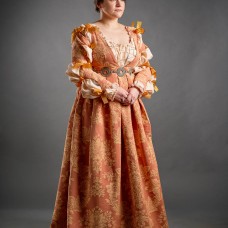
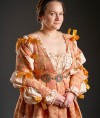
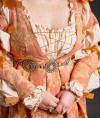
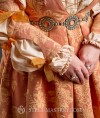
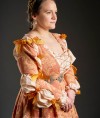
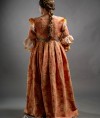
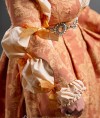
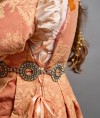
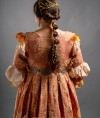
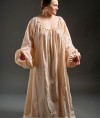
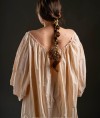
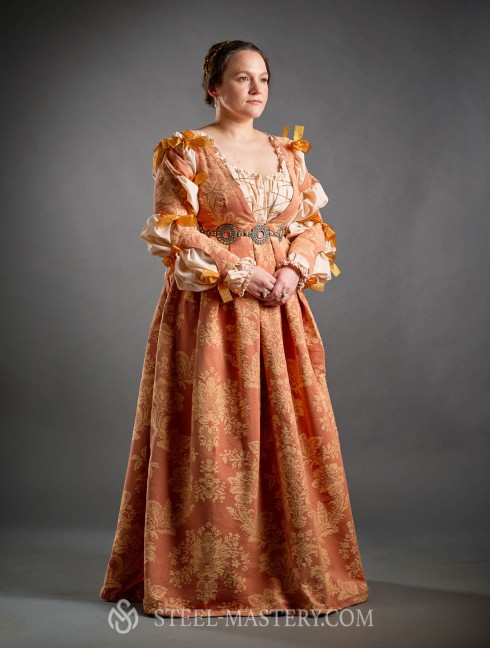
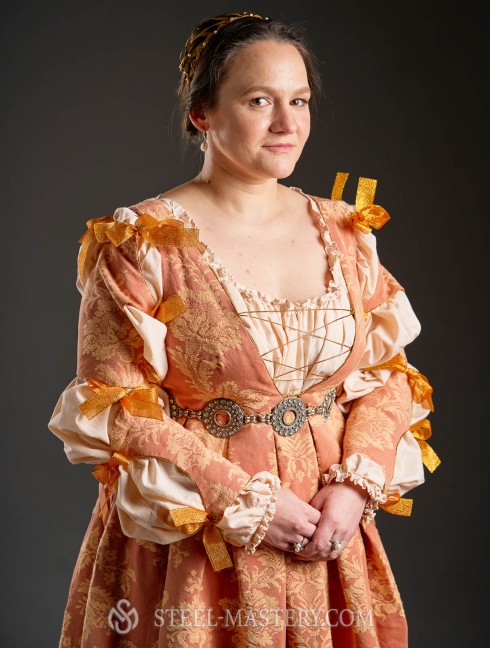
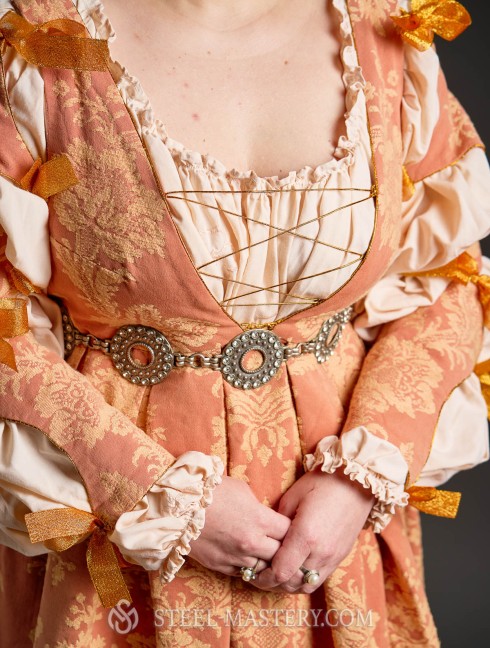
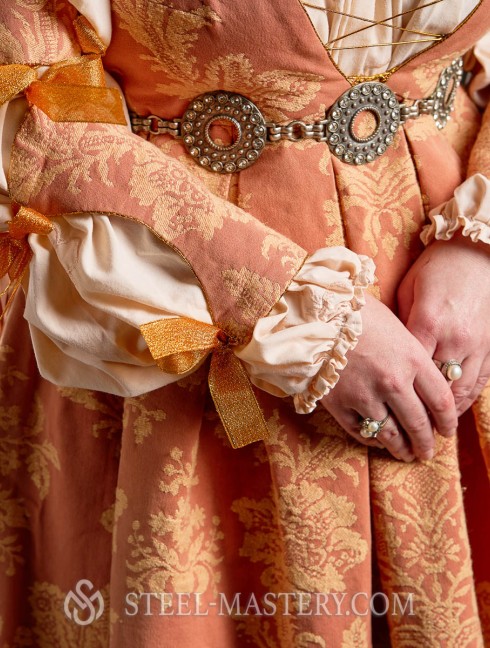
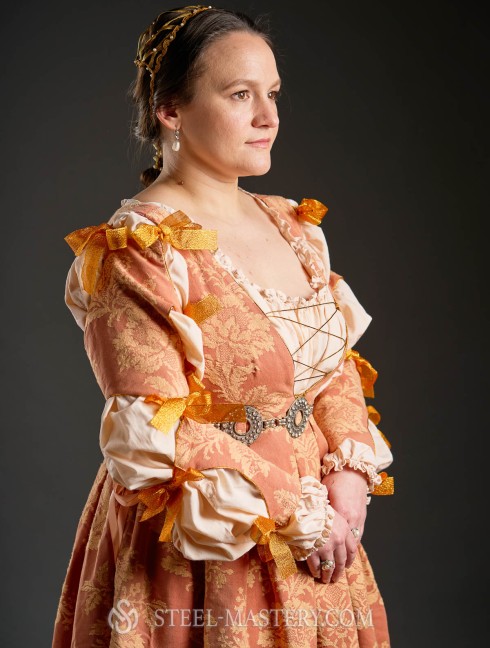
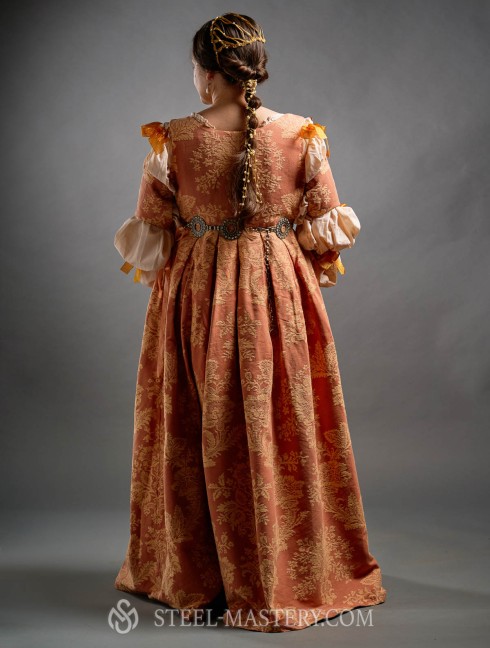
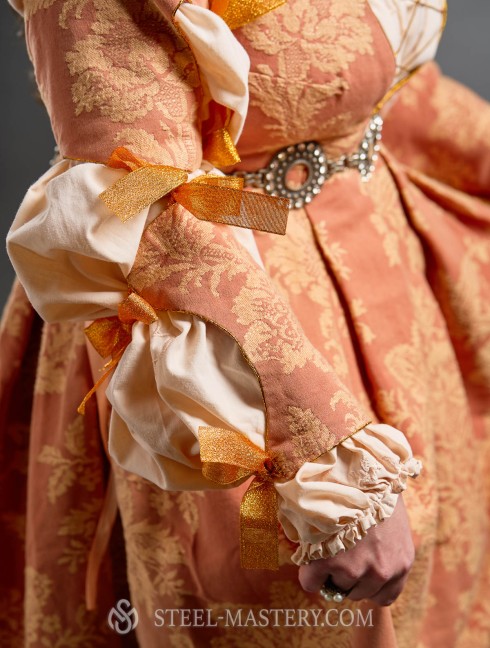
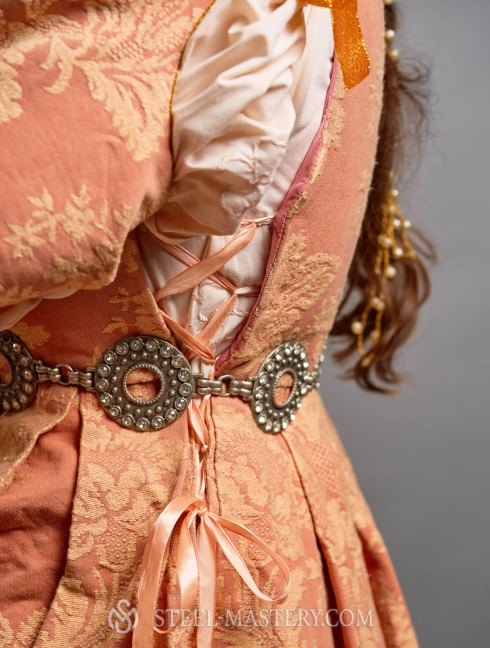
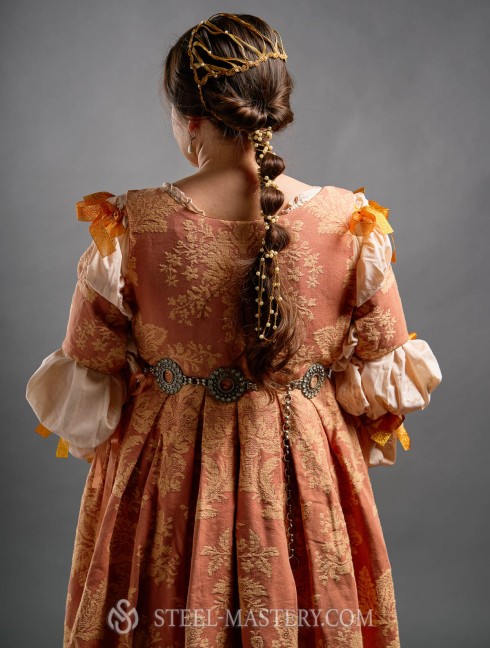



-0-1-0-1-1-300x400.jpg?v=1719305340)
